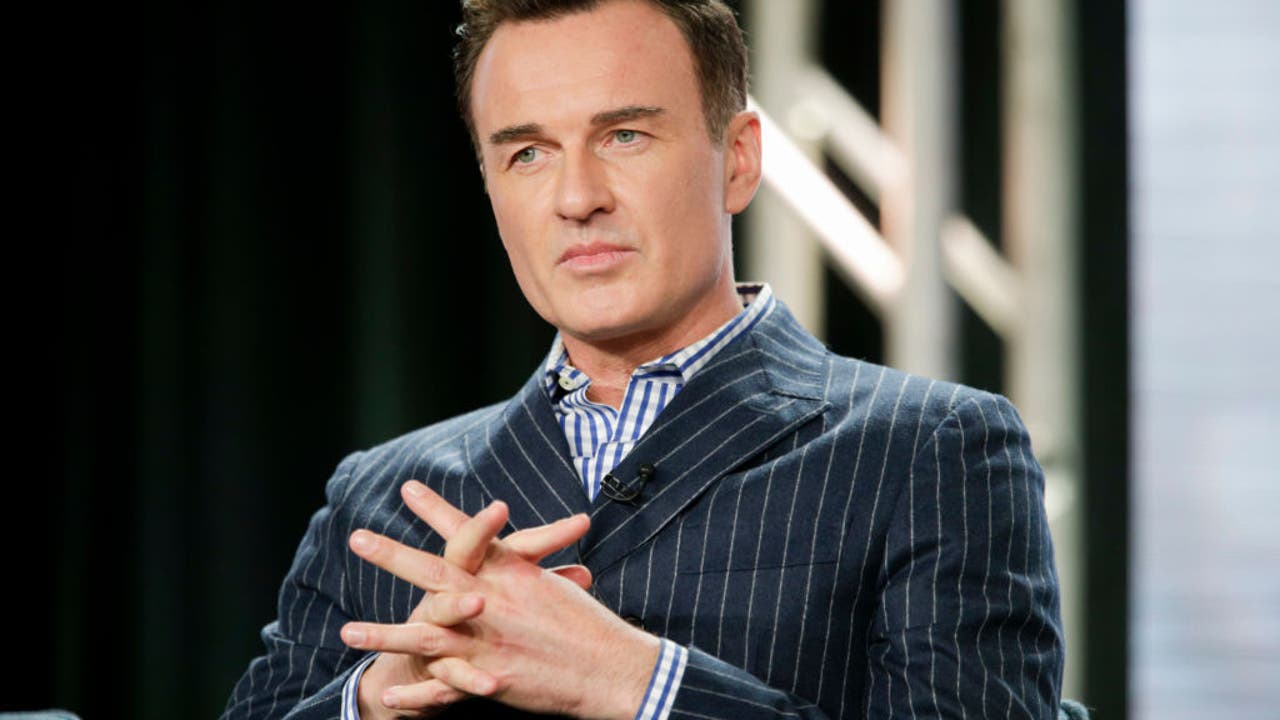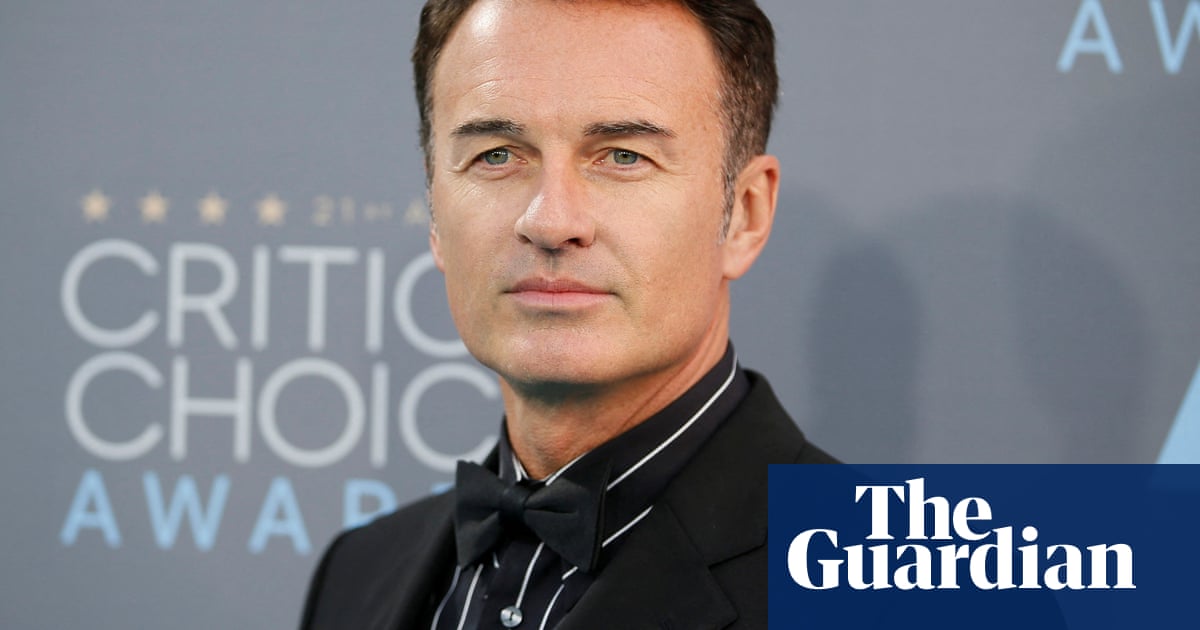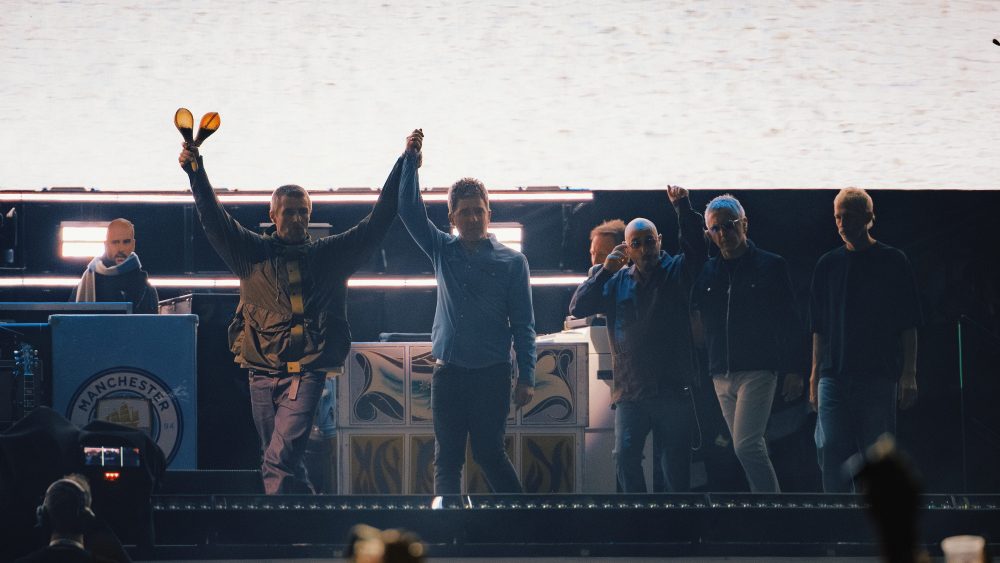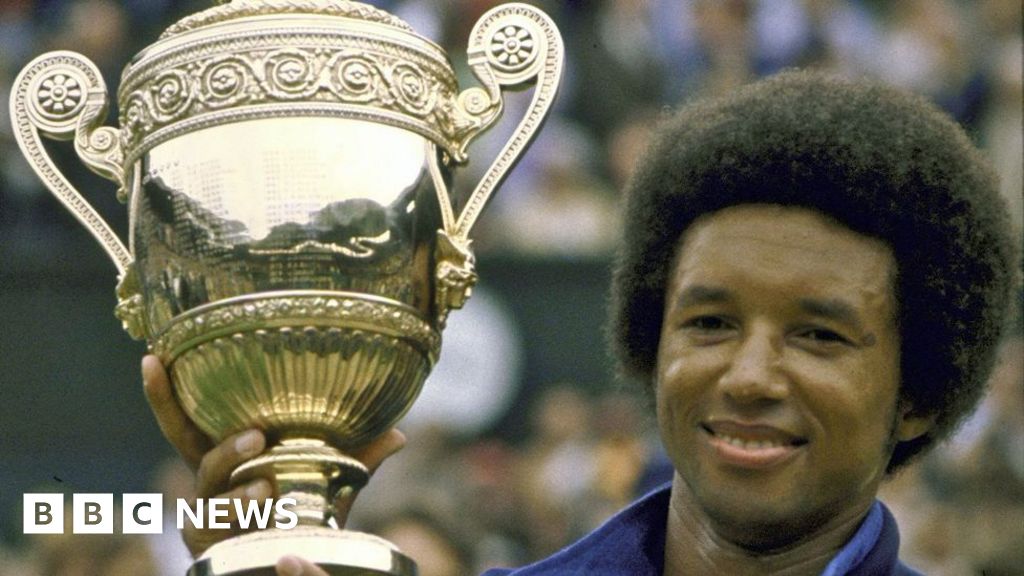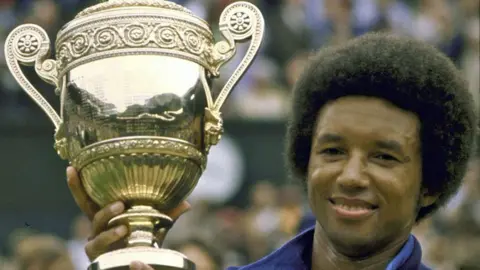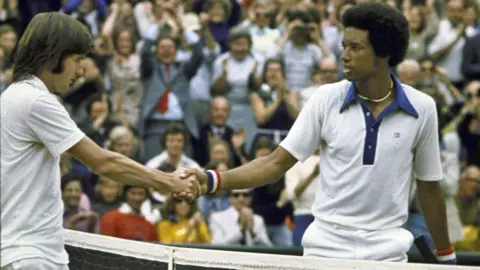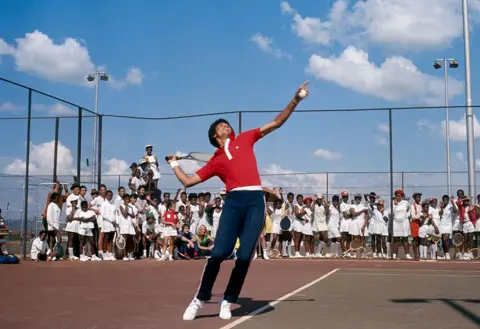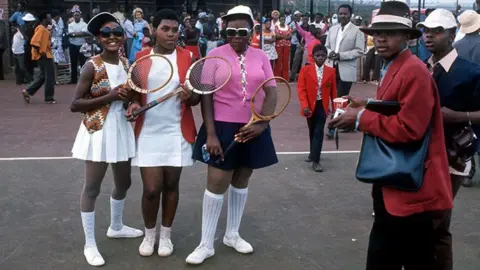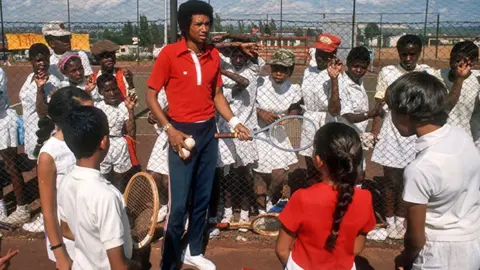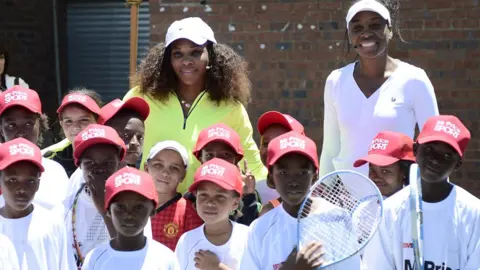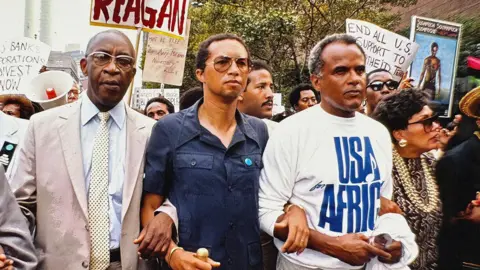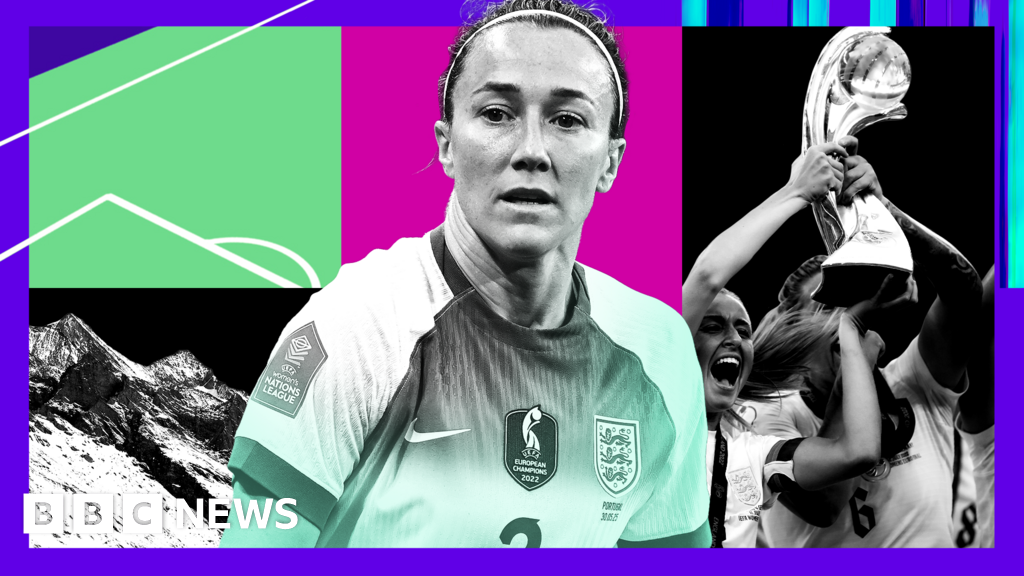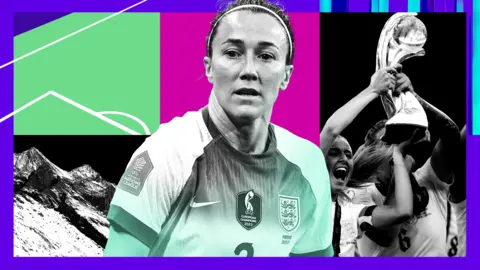“Oasis vibes in the area!”
It wasn’t quite as epic an introduction as Noel Gallagher’s bold assertion at Knebworth ’96 — “This is history!” — but those words from his younger brother Liam, spoken after the two of them walked arm-in-arm together onto a stage for the first time in 16 years, confirmed that Oasis are no longer consigned to history but are miraculously, thrillingly back as a going concern.
As the pre-recorded intro music of “Fuckin’ in the Bushes” and the accompanying big-screen headlines about their reunion faded, Noel and Liam held their hands together in the air in triumph, quite literally brothers in arms, ready to take on the world.
In the 5,795 days since the Gallagher brothers last played a gig together, pretty much everything in the world – fashion, music, politics – has changed beyond all recognition. But thankfully no one told Oasis who, tonight, transported us back to a time when a working-class guitar band playing straight-up rock’n’roll with attitude could rule the world, and maybe change it just a little.
And there was certainly a ‘90s revival air both on the support bill (fellow Britpop-era stars Cast and Richard Ashcroft of the Verve offering strong support) and out on the streets, with the area around Cardiff’s Principality Stadium transformed into a massive street party. Every bar was blasting Oasis, nearly every chest was emblazoned with the Oasis logo, and seemingly every head covered by the ubiquitous bucket hat as the city became a giant Liam Gallagher Lookalike Competition in which Liam himself would have been lucky to make the Top 10.
Once inside the stadium, the pre-show atmosphere was more like a Cup Final than a gig, with the crowd singing raucously along to the DJ’s pre-show selections of Slade, the Jam and the Rolling Stones. But this wasn’t just a celebration; there was a sense that this was one megagig where nobody knew quite what was going to happen, giving proceedings a high-stakes edge that you just don’t get at most big gigs these days.
They needn’t have worried. The band came out swinging, rocketing through opener “Hello” with disorderly abandon, the “It’s good to be back!” refrain roared back at them by the vast crowd. But it was “Acquiesce” that really sealed the deal; the sight of Liam and Noel once more in brotherly harmony crooning “Because we need each other/ We believe in one another” at each other, surely enough to convince even the most cynical observer that this Oasis comeback means more than even the gargantuan sums of money reportedly involved.
Because this was not the Oasis that haunted British stadiums at the end of their initial time together. That outfit was like a fading prize fighter – still capable of landing one hell of a punch, sure, but too often going through the motions in search of its old rhythm.
Tonight’s Oasis, however – the line-up completed by stalwart guitarists Gem Archer and Paul “Bonehead” Arthurs and bassist Andy Bell, plus new drummer Joey Waronker (previously of R.E.M. and Beck) – looked sharp and lean, and sounded it too. The opening, breathless opening section – also featuring the likes of “Morning Glory”, “Some Might Say”, “Cigarettes & Alcohol”, “Supersonic” and “Roll With It” – was the work of a hungry true contender.
After that, everyone needed a breather and Noel stepped up with his trusty acoustic guitar and the big ballad section to end all big ballad sections. But while “Talk Tonight”, “Half the World Away” and “Little by Little” may have dropped the pace a little, the intensity never lessened, the crowd singing every word with the senior Gallagher.
Liam returned from his break refreshed and, while the songs got longer and the guitar solos more elongated, his vocals never wavered as the band blasted through “D’You Know What I Mean?” and “Stand by Me”, despite an occasionally booming sound system.
No one said much, allowing the music to do the talking. But at one point, Liam did jokingly acknowledge the ticket-price furore that is still rumbling away, quipping: “Are you all having a good time? Was it worth the £40,000 you spent on the ticket?”
Nor was there much visible communication between the brothers, but then there was no bickering either, so often a feature of past Oasis tours.
This, then, was Oasis in the raw, a throwback to their unstoppable ascent in much smaller venues than this rather than the enormo-dome gigs of their latter years. True, the fine art of playing a stadium show has evolved hugely since Oasis last roamed the earth. But, bar a few eye-catching visuals on the big screen, Oasis remain a band that relies on its music and its attitude to make an impact: there were no surprise songs here, no special guests, no Instagram-friendly production set pieces, and at no point did Liam or Noel fly around the stadium. But the band certainly soared; fuelled by rock’n’roll that was often thrillingly simple and always simply thrilling. (See Oasis’ full setlist here.)
The pace picked up again as the set hurtled towards its conclusion, via a widescreen “Whatever”, a glorious “Live Forever” and the unbridled, primal energy of “Rock ‘n’ Roll Star.”
They swiftly returned with an encore for the ages, Noel introducing the band – Waronker is dubbed “Our 14th drummer”, Arthurs an “uber-legend” – before an emotional “Masterplan.” If anyone was still in any doubt about the hold Oasis have over the great British public, watching tens of thousands of them singing every word of that B-side as if it was the greatest hit of all time should have done the trick.
In truth, many in the crowd looked so young they probably don’t even know what a B-side is. But the passing of time has, if anything, made the Oasis brand even stronger: British alternative rock groups just don’t write monumental anthems like these anymore.
Not that the show was lacking industry veterans, with the likes of Sony Music chief Rob Stringer; Capitol Music Group boss Tom March; YouTube head of music Lyor Cohen and his colleague Dan Chalmers; outgoing Arista president/CEO David Massey; Polydor MD Jodie Cammidge and Glastonbury supremo Emily Eavis all braving the flying pints that punctuated every song, certifying it as the most unmissable reunion show since Led Zeppelin played the O2 in 2007.
They were rewarded with a triumphant triumvirate of final songs: “Don’t Look Back in Anger”, sung by Noel, before Liam took over for the ubiquitous, but still undeniably wonderful “Wonderwall” (Liam changing the words to “There are many things that I would like to say to you/ But I don’t speak Welsh” in honor of the location) and a final, epic “Champagne Supernova”. Although, in truth, the crowd hollered every word louder than either brother could dream of.
Noel may have sung “Please don’t put your life in the hands/ Of a rock’n’roll band,” on “Don’t Look Back in Anger” but, after tonight, a lot of people will be sorely tempted to do precisely that.
There are, of course, 40 further shows to play — hopefully — where old tensions could resurface and adrenalin could fade. But tonight, as Liam acknowledged the crowd (“Nice one for putting up with us over the years”) and the brothers embraced one more time before leaving the stage, Oasis were reunited in every sense of the word. And based on tonight’s comeback, you’ll want to be there when they are flying this high.
